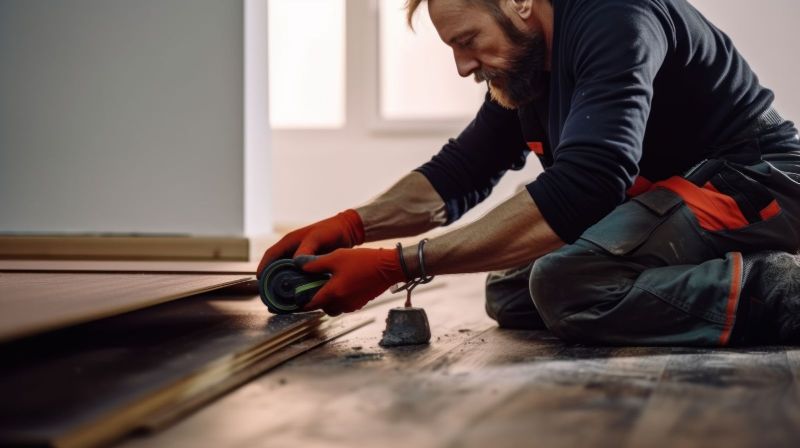In the fast-paced world of industry and manufacturing, machinery plays a pivotal role in ensuring operational efficiency and productivity. Over time, however, even the most robust equipment can succumb to wear and tear, resulting in reduced performance and increased downtime. This is where equipment restoration comes into play, offering a cost-effective and sustainable solution to breathe new life into aging machinery.
The Importance of Equipment Restoration:
As equipment ages, its components may deteriorate, leading to decreased efficiency and reliability. Rather than opting for costly replacements, savvy businesses are turning to equipment restoration as a strategic measure to extend the lifespan of their machinery. Restoration involves a comprehensive overhaul, addressing both mechanical and aesthetic aspects, ensuring that the equipment functions optimally and meets safety standards.
Cost-Effective Alternative:
One of the primary advantages of equipment restoration is its cost-effectiveness. In comparison to purchasing new machinery, restoring existing equipment can save businesses a significant amount of capital. The restoration process typically involves disassembly, thorough inspection, replacement of worn-out components, and reassembly. This targeted approach allows businesses to upgrade their machinery without the hefty price tag associated with buying new equipment.
Environmental Sustainability:
In an era where sustainability is at the forefront of corporate responsibility, equipment restoration aligns with environmentally conscious practices. By opting for restoration over replacement, businesses contribute to the reduction of industrial waste and the carbon footprint associated with manufacturing new machinery. Extending the life of equipment through restoration not only conserves valuable resources but also promotes a circular economy by reusing existing assets.
Customization and Upgradation:
Equipment restoration provides an opportunity for businesses to customize and upgrade their machinery according to evolving industry standards and technological advancements. This adaptability ensures that restored equipment not only meets current requirements but also remains competitive in a rapidly changing market. Upgrading components, integrating modern technology, and enhancing safety features are all possibilities during the restoration process, enabling businesses to stay ahead of the curve.
Expert Assessment and Consultation:
Successful equipment restoration begins with a thorough assessment conducted by experienced professionals. Engaging the services of skilled technicians and engineers ensures that every aspect of the machinery is evaluated, from structural integrity to functionality. This in-depth analysis allows for the identification of critical issues and the development of a tailored restoration plan. Moreover, professional consultation provides valuable insights into potential upgrades and improvements that can enhance the overall performance and longevity of the equipment.
Preserving Heritage Machinery:
In industries with a rich history, certain pieces of machinery hold sentimental and historical value. Equipment restoration offers a means of preserving these artifacts, maintaining a connection to the past while ensuring their continued functionality. This is particularly relevant in industries where traditional craftsmanship and machinery have played a significant role, such as in manufacturing, agriculture, and transportation.
Equipment restoration stands as a practical and sustainable solution for businesses seeking to maximize the lifespan of their machinery. By addressing wear and tear, customizing components, and upgrading technology, businesses can not only save on costs but also contribute to environmental sustainability. Moreover, the preservation of heritage machinery adds a layer of cultural and historical significance to the restoration process. As industries continue to evolve, the judicious use of equipment restoration emerges as a key strategy for maintaining operational efficiency and competitiveness in the modern business landscape.

